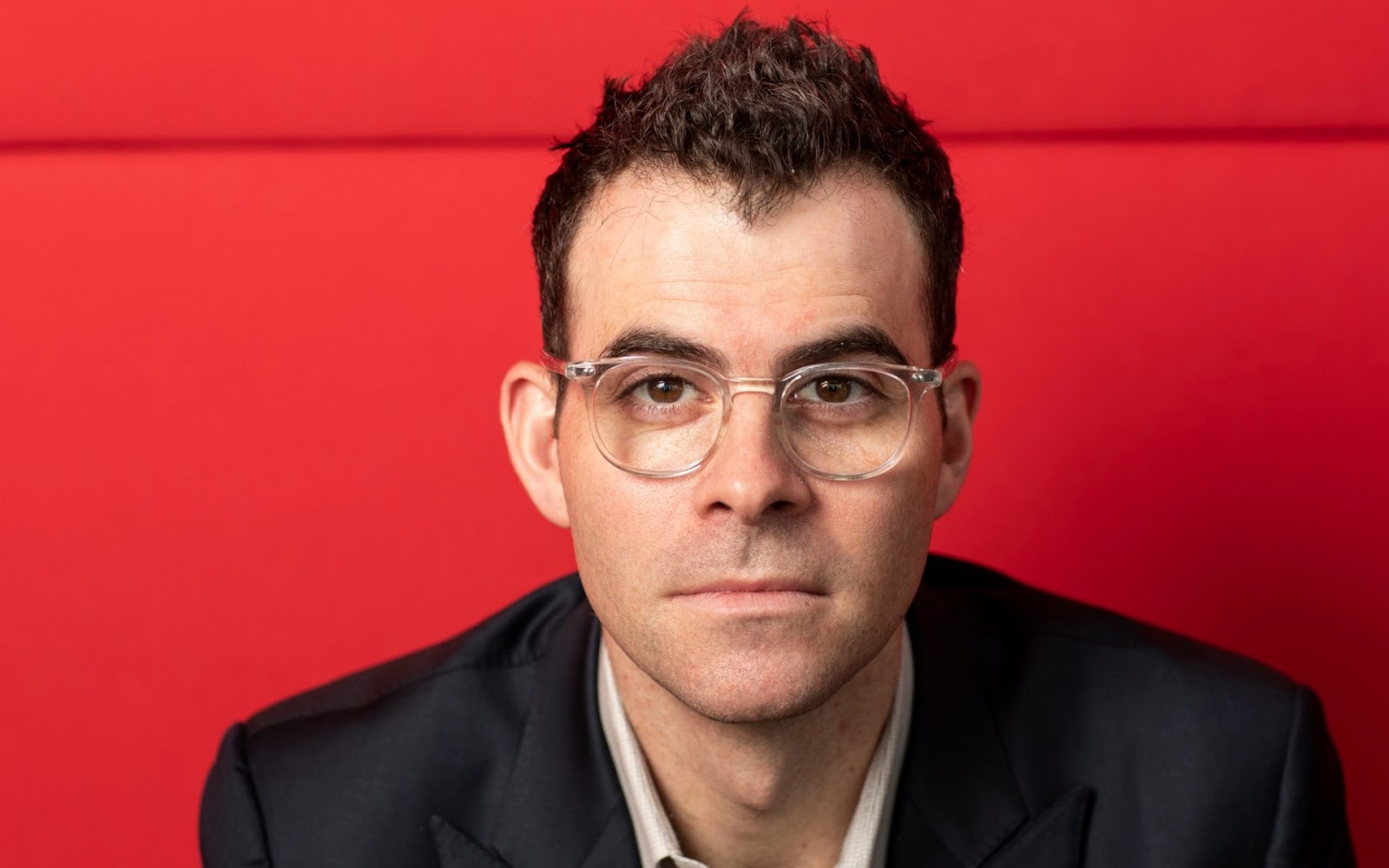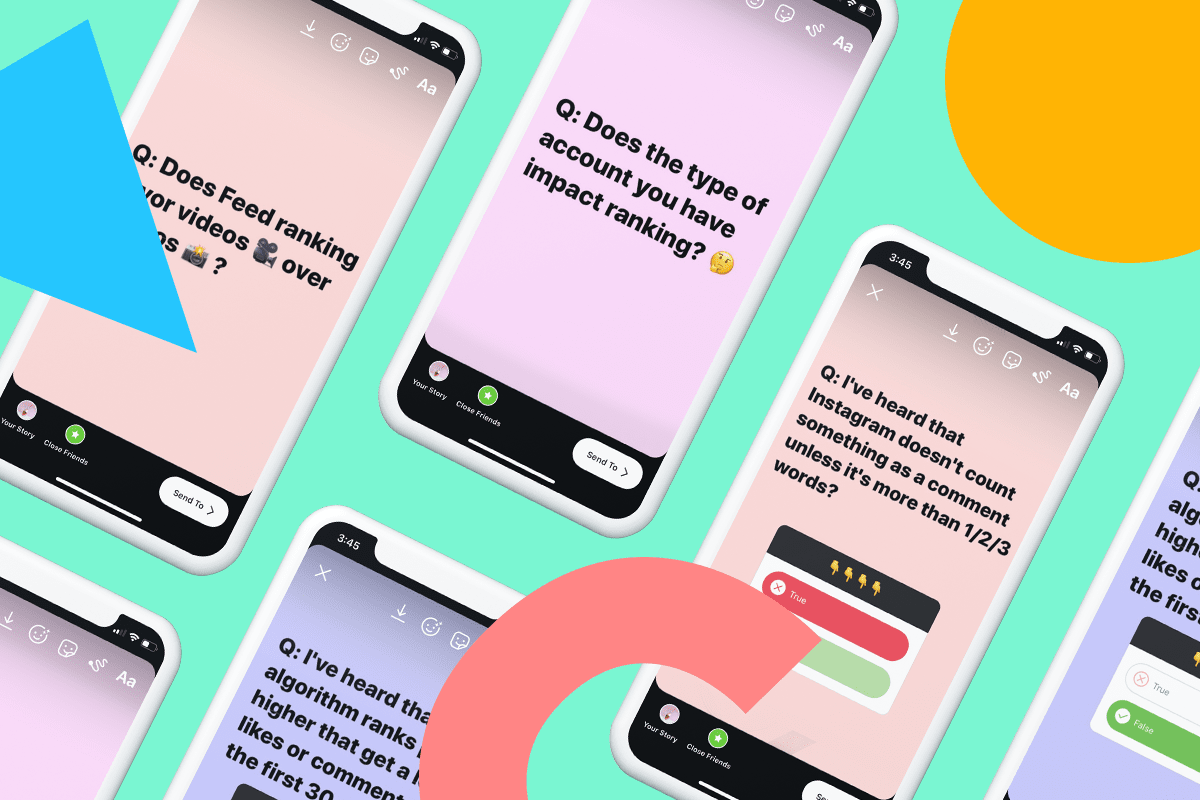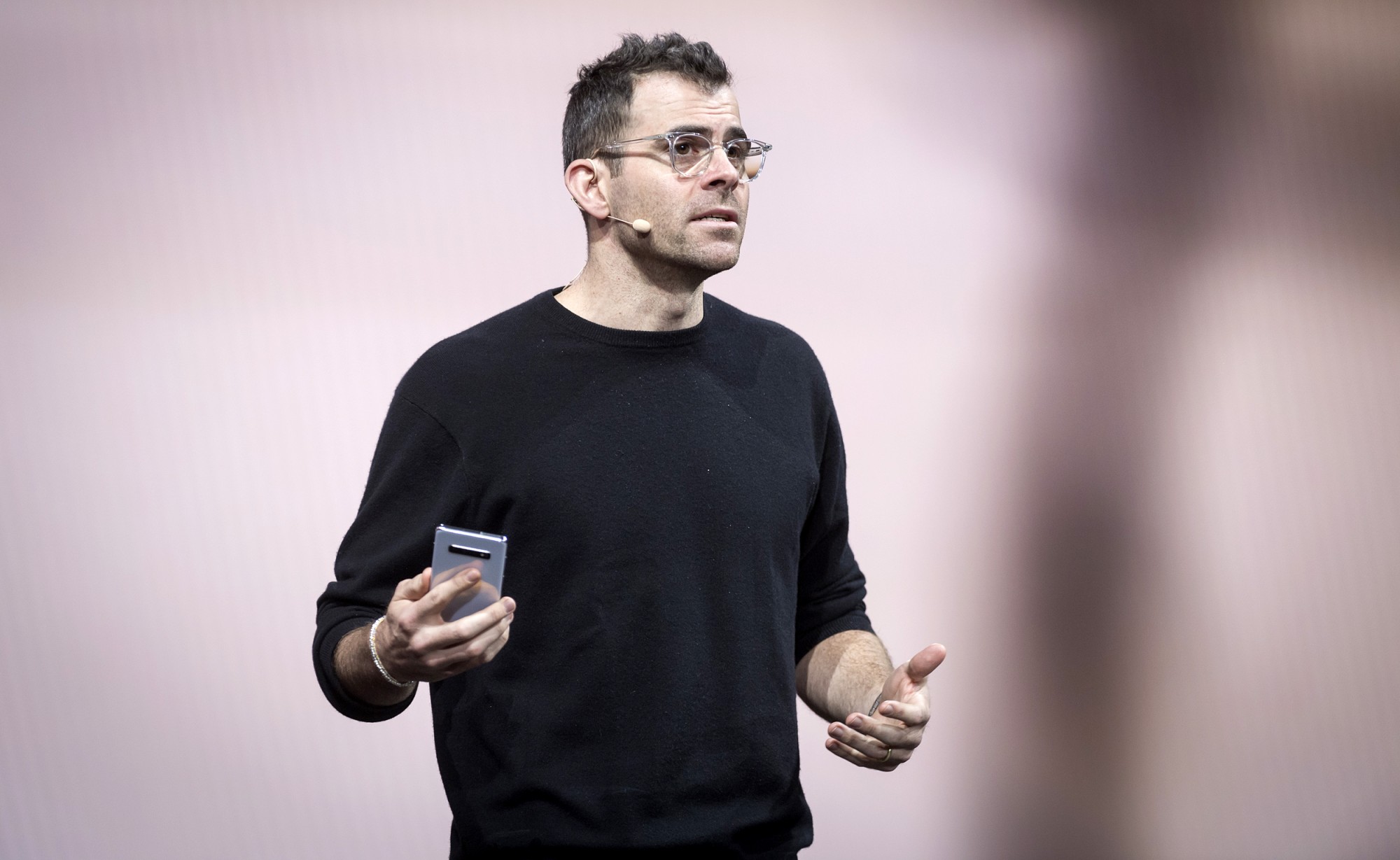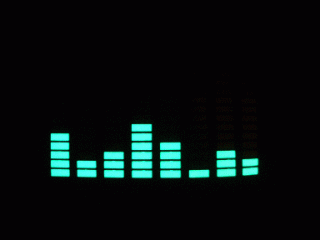Instagram Chief Adam Mosseri Publishes Blog Series Explaining How Instagram Decides What You See
Most Instagram users will have wondered, at a point, why certain people and types of posts appear more frequently – propelled to the start of their Stories list and top of their Feed – whilst others get sidelined.
Many are aware of “The Algorithm,” a powerful and seemingly ominous thing, but lack understanding of how it truly works. This sense of the ‘unknown’ has encouraged users to spin their own narratives, making their own predictions of why they see what they see when they scroll.
Instagram chief Adam Mosseri is writing a series of informative blog posts, offering facts and insider knowledge about Instagram’s algorithm, intended to debunk any myths and misconceptions surrounding it.

The first, titled, ‘Shedding More Light on How Instagram Works‘ begins to dissect and explain the mystery that is Instagram’s technology.
The post seeks to answer user questions, such as:
- “How does Instagram decide what shows up for me first?”
- “Why do some of my posts get more views than others?”
- “How does Instagram decide what to show me in Explore?”
“The Algorithm”
Mosseri explains that Instagram uses not one, but “a variety of algorithms, classifiers, and processes,” each with “its own purpose.” The aim? To personalise each and every one of our Instagram experiences.

An interesting point highlighted by Mosseri is that, by 2016, users were missing 70% of all their posts in Feed, including almost half of posts from their close connections. That’s why the company introduced a ranking system, meaning the posts you’re predicted to care about most appear at the top.
Mosseri also revealed how they rank posts, using “signals” and listed them in order of importance:
- Information about the post. These are signals both about how popular a post is – think how many people have liked it – and more mundane information about the content itself, like when it was posted, how long it is if it’s a video, and what location, if any, was attached to it.
- Information about the person who posted. This helps us get a sense for how interesting the person might be to you, and includes signals like how many times people have interacted with that person in the past few weeks.
- Your activity. This helps us understand what you might be interested in and includes signals such as how many posts you’ve liked.
- Your history of interacting with someone. This gives us a sense of how interested you are generally in seeing posts from a particular person. An example is whether or not you comment on each other’s posts.
Using this system, Instagram can predict how you might interact with a post, such as commenting or liking it. Mosseri stated, “The more likely you are to take an action, and the more heavily we weigh that action, the higher up you’ll see the post.”
Mosseri’s blog post, which can be found here, also explores the signals used by the company for the Explore tab and Reels – both of which typically pull content from accounts you don’t follow, but supposedly would want to see.
Creator Week
On Thursday (as part of Instagram’s Creator Week), Mosseri took the stage for a live Q and A session. This Creator Week panel – designed to help creators build their brands on the platform – featured a selection of internal experts and platform influencers, who each shared their insights in the social media world.

Adam Mosseri’s talk about Instagram’s mysterious mechanic, which gave users the answers they’ve been searching for, would certainly have been inviting one.
Finally, for our previous #SocialShort, click here.






